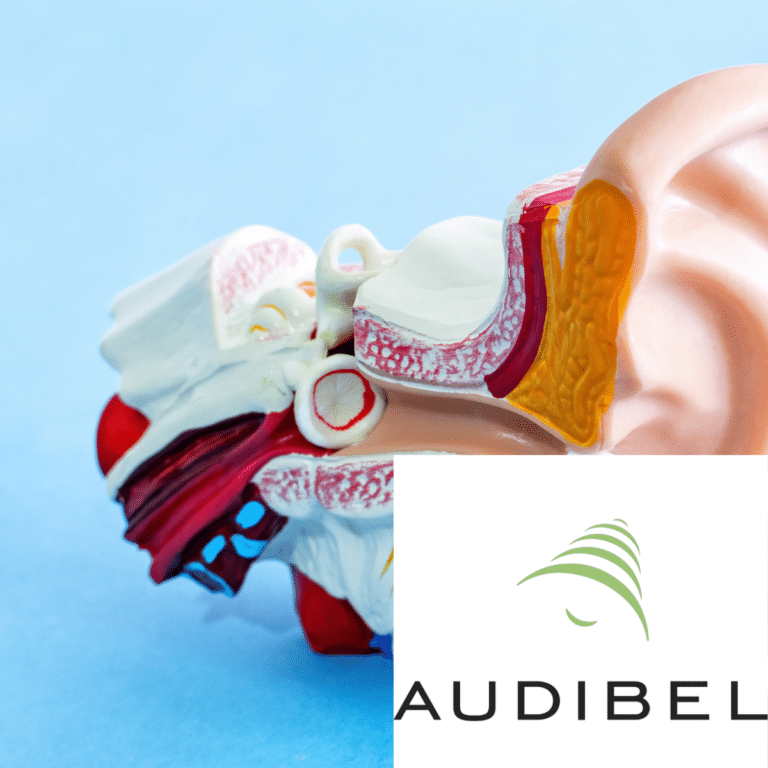Understanding the mechanics behind hearing is crucial, especially for those experiencing hearing loss or considering hearing aids. Our ability to hear connects us to the world around us and enhances our quality of life. In this article, we will explore the fascinating science of sound and how our auditory system processes and interprets auditory signals. By gaining a deeper understanding of this complex process, we can appreciate the importance of seeking professional help for hearing concerns and prioritize our hearing health.
The Basics of Sound Waves
To understand how we perceive sound, let’s start with the basics of sound waves. Sound waves are vibrations that travel through the air or other materials. They consist of two essential properties: frequency and amplitude. Frequency refers to the pitch or tone of a sound, while amplitude represents its volume or intensity. These properties work together to create the diverse range of sounds we experience in our daily lives.
Sound waves travel through the air in a wave-like motion. When a sound is produced, it creates a series of compressions and rarefactions in the surrounding air. These waves travel through the air, eventually reaching our ears.
The Journey of Sound Waves into the Ear
The process of hearing begins with the external ear. The pinna, the visible part of the ear, captures sound waves and directs them into the ear canal. As the sound waves travel down the ear canal, they reach the middle ear, where they encounter the tympanic membrane (eardrum) and tiny bones called ossicles. These ossicles amplify the sound waves and transmit them to the inner ear.
The inner ear houses a vital structure called the cochlea. The cochlea plays a crucial role in sound perception. It is a spiral-shaped, fluid-filled chamber lined with tiny hair cells. When sound waves reach the cochlea, they create pressure changes in the fluid, causing the hair cells to bend.
The Role of the Cochlea
The cochlea is often referred to as the “hearing organ.” Its intricate anatomy consists of three fluid-filled canals and a membrane called the basilar membrane. As the sound waves travel through the cochlea, they cause specific areas of the basilar membrane, corresponding to different frequencies, to vibrate more strongly.
The hair cells in the cochlea play a crucial role in converting sound waves into electrical signals. When the hair cells bend due to the movement of the basilar membrane, they generate electrical signals that travel through the auditory nerve to the brain.
Auditory Pathway and Signal Processing
Once the electrical signals reach the brain, they undergo a complex process of signal processing and interpretation. The auditory nerve carries the electrical signals from the cochlea to the brainstem, where they undergo initial processing.
From the brainstem, the signals travel to the auditory cortex, where higher-level sound analysis occurs. The brain processes the signals and assigns meaning to them, allowing us to recognize and understand different sounds, from the melodic notes of a song to the rhythmic beats of drums.
Factors Affecting Hearing
Unfortunately, hearing loss can occur due to various factors. Age-related hearing loss, also known as presbycusis, is a common condition that affects many individuals as they grow older. Exposure to loud noise over time can also lead to noise-induced hearing loss. Other causes of hearing impairment include ear infections, genetic factors, and certain medical conditions.
Take charge of your hearing health and enjoy the world of sounds that surround you. By understanding the mechanics behind hearing and taking steps to address hearing concerns, you can improve your quality of life and fully engage in the beauty of sound. Don’t hesitate to call us or book an appointment online and embark on a journey towards better hearing.


